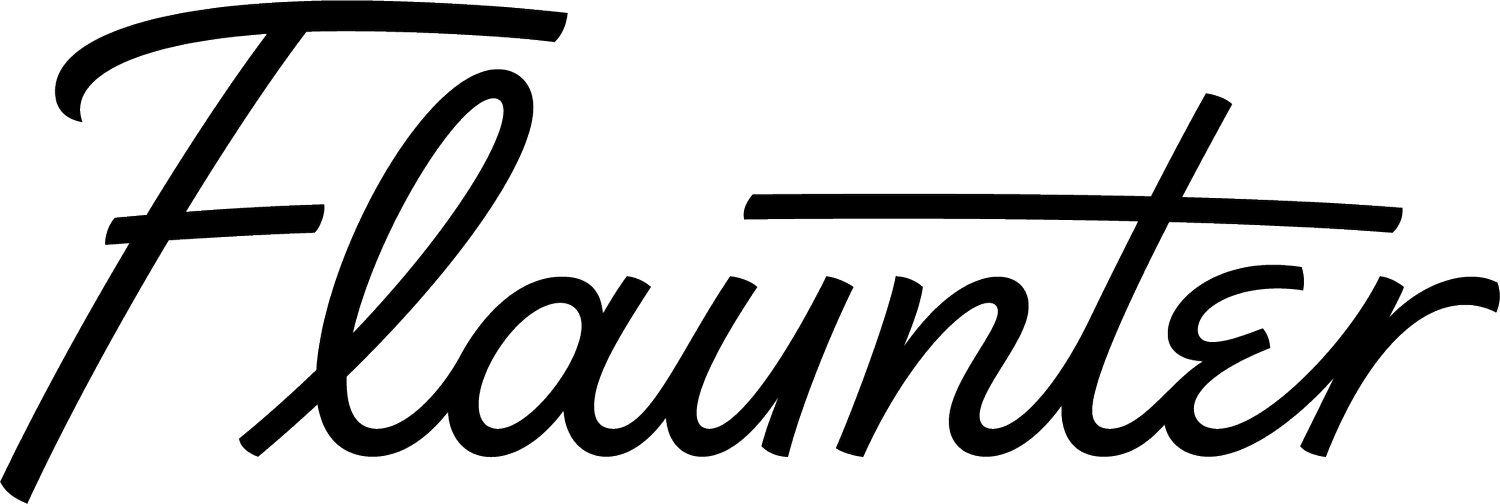What’s Your Name Worth? We Take a Closer Look at Brand Equity
Brand equity is one of those words that is thrown around a lot in PR, marketing and social media. For those of us who aren’t 100% confident in what it means exactly, it’s time to dive into this concept because understanding it (and increase your brand equity) is some of the most valuable long-term work PRs can do for their companies.
The quickest shortcut to understanding brand equity is to imagine the moment you finally get to buy yourself a bona fide Chanel or Prada handbag. They will all cost you several thousand upfront brand new. Are they radically better than other well made leather handbags that you can purchase for a few hundred? Maybe, but they’re not ten times better. What is ten times more valuable to their purchasers is the fact they are Chanel or Prada. It’s the value of the brand.
Another example is how the vast majority will trust an article in the New York Times more than a random blog. Again, it’s about the power of the brand and what it means or communicates.
What exactly is brand equity?
Brand equity is the brand’s value and how much more a customer would be willing to pay for the product because it comes from a certain brand. It’s that simple. The complex part is that your brand equity is not a fixed fact – it can rise and fall fairly rapidly. A key part of your job as a PR or founder is to sustainably grow your brand equity.
Who is responsible for increasing your brand equity?
Brand equity needs to be a whole company focus. The PR and marketing team does much of the heavy lifting making a brand well known and loved (and therefore valuable), but so to does the product team and the owners and leaders of the company.
The 3 keys to brand equity
There are three elements of brand equity you can work on as a PR or marketer: recognisability and awareness, the perception of value, and your brand’s position in the competitor landscape.
Building brand awareness means more people recognise your brand, making it stronger and its impact felt more widely. This is why new products or brands will often start with mass campaigns before switching their focus to more premium outlets or influencers.
This is because the perception of genuine value relies on quality rather than quantity of coverage and testimonials. If you’re promoting a high-end lifestyle brand, one article in say Vogue or Harpers Bazaar is usually worth ten times an article on a medium tier lifestyle website. For the same reason, an article all about your product or company is more valuable than it being one of five mentioned in a roundup.
A key focus for those looking to increase their brand equity is to understand how it is positioned against its key competitors. Make a list of your competitors who have brands that are more valuable or ‘cooler’ than yours. Use this list to find the publications or promoters that have helped elevate those brands – now you’ll have a PR action plan to emulate or outperform to make your brand as valuable as possible.
More industry terms you just can’t wrap your head around? Check out our PR Dictionary or learn how to spot the difference with our simple guide to brand vs. branding.


